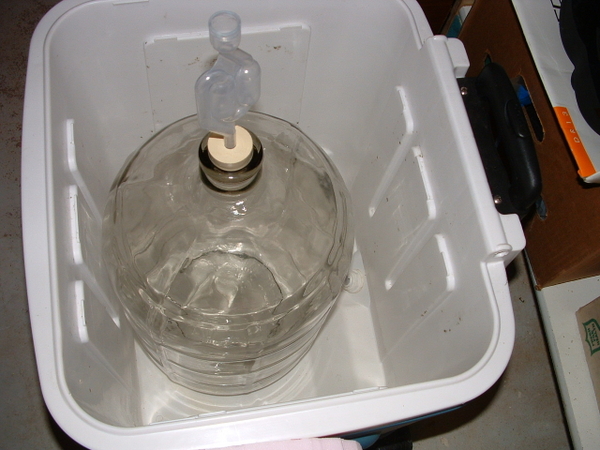I know this is a funny question but I am afraid that my as my house is not heated that it will be too cold/variable in temperature to make beer at this time of year. I could buy a heating pad but the ones I've seen are a bit expensive. I do however own loads of fish tank equipment, including several submergible heaters so I'm wondering if they will help to keep a more even temp. Of course I would be careful to sterilize!
Any thoughts, is it too crazy to try?
Any thoughts, is it too crazy to try?








